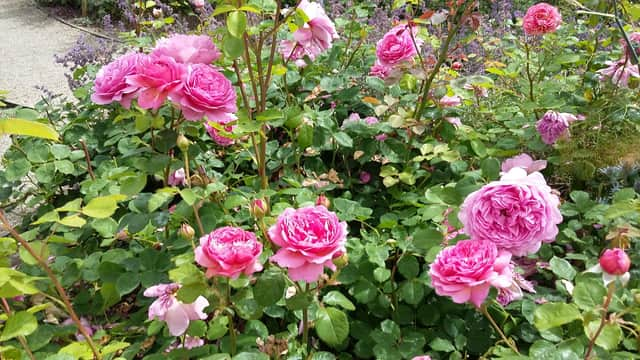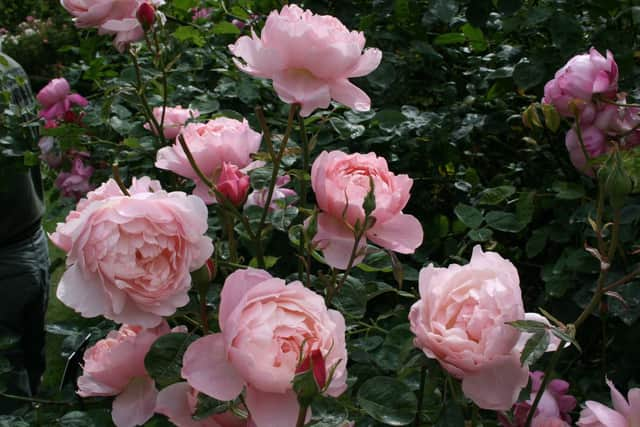We’re longing for those lengthy summer days


Although there has been no immediately perceptible increase in day length, quite soon that will change. So, my proverbial glass remains half full, as we eagerly anticipate those longer periods of strong light accompanied by an increase in temperature.
Knowing this helps keep us going through the periods of inhospitable weather on the journey toward Easter. Meanwhile, I’m dealing with a list of outstanding winter jobs to avoid playing catch-up later, and pruning is a priority.
Advertisement
Hide AdAdvertisement
Hide AdWhichever woody perennial I prune, the first removal is of dead or diseased branches. Next in line are weak stems and any that cross, causing open wounds that allow pathogen access. Any shrubs with variegated foliage deserve close inspection for green-leaved stems which should be removed at their source. This is an example of the original species attempting to take over.


We love the two silver birches planted in different parts of the garden and so do the birds. One is the common Betula pendula which came with the property, the other is a jacquemontii cultivar Jermyns, gifted as a seedling by an acquaintance over two decades ago. They are capable of growing 20-plus and 15-plus metres respectively – too tall for this garden! So, the answer is to reduce them in stature while they’re dormant.
The mature birch is pruned bi-annually, but Jermyns is so vigorous that it needs a yearly trim which serves three purposes; it controls the growth, provides support branches for pea and bean crops, and the wherewithal to make a replacement besom to disperse worm casts on the lawn!
Rose pruning is another outstanding item on my list, and the most frequently asked question is about the best time to prune. This lies somewhere between their leaf fall and the swelling of new growth buds. Some gardeners will have pruned theirs by now, others will delay until late March. However, the risks are; early pruning followed by mild weather encourages soft growth which is susceptible to a late frost, and late pruning causes unnecessary sap loss. My favourite time is a frosty February morning when treading over the soil causes least damage to its structure.
THE CUTTING EDGE OF FLOWER PRODUCTION
Advertisement
Hide AdAdvertisement
Hide AdMost woody perennial plants benefit from a spot of pruning at some stage in their lives even if it is just to remove broken or diseased stems.
In this garden, the secateurs are in year-round use to promote flowers, encourage fruit bud formation and control growth.
The correct time to intervene and how much growth to remove is dictated by individual plant species.
Roses are a good example of this.
Rambling types have a one-off annual flower display, immediately after which we remove the spent old wood in favour of vigorous new stems.
Advertisement
Hide AdAdvertisement
Hide AdThe pruning of climbers comes now, drastically reducing all lateral stems and tying in strong shoots emanating from the base.
Although we are advised to remove half of the season’s growth from David Austin’s English roses, I resort to much harder pruning for any that have not grown as strongly as we had anticipated.
Rugosa roses tend to develop a thicket of stems, so, while reducing the past seasonal growth by one third, we also remove the same number of old stems from the base.
Several of the repeat flowering old roses – Alba, Gallica, Centifolia, Moss and Damask – only need light pruning, certainly no more than one third.
Advertisement
Hide AdAdvertisement
Hide AdWhereas roses are reduced in size during their period of dormancy, garden shrubs are pruned according to their time of flowering.
We’ve recently reduced the height of a weigela by half because it is not due to bloom until next summer and will do so on the resultant new growth.
However, if you examine a ribes, forsythia or spiraea arguta, they are currently covered in plump flowering buds.
If we were to accidentally prune those three now … what consequences!